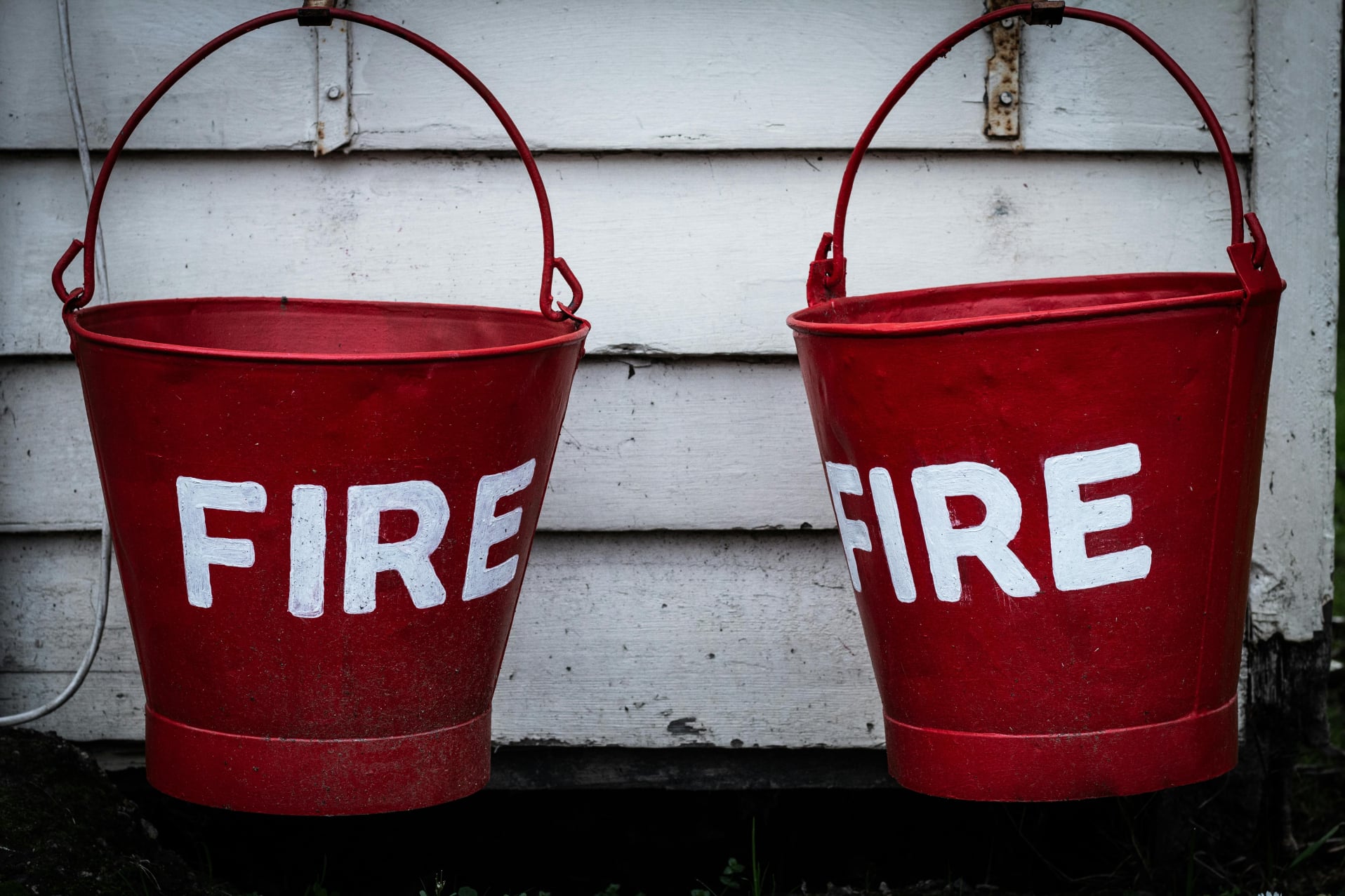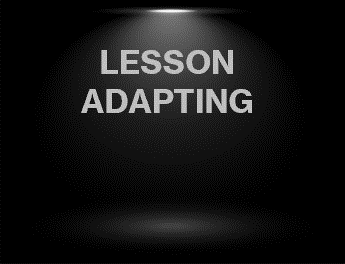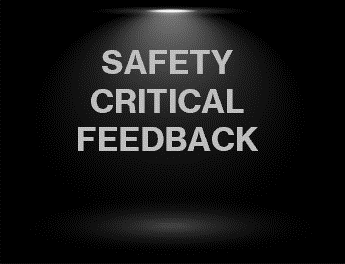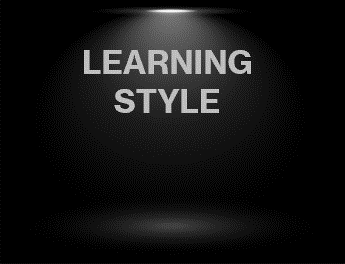
Photo by Sarah Chumacero: https://www.pexels.com/photo/red-buckets-hanging-in-fire-station-5848977/.
PRACTICE AREAS
Were the practice areas suitable?
Practice areas and route planning are HUGE when it comes to ensuring a good structure to your learners lesson.
Imagine being a teacher of Higher Maths in a secondary school.
You have new students arriving for their first lesson with you in their last year of schooling.
They have this last school year to be ready to take their GSCE's
You welcome everyone, and introduce yourself, and then begin the lesson.
"Ok lets get on with the lesson, can someone tell me what 1+1 equals?
CAN YOU IMAGINE THE SILENCE???
You would be well out of yours and your pupils comfort zone!
They will think you are having a laugh or have gone mad!
This would be no different to you taking a pupil on their first day of learning to drive on a Motorway!
YOU WOULD BOTH BE OUT OF YOUR COMFORT ZONE!
The Practice areas that you use MUST reflect the ability and experience of your pupil.
You will need to know the areas that you teach in, like you know the back of your hand.
There will need to be
NURSERY ROUTES for the total new driver
These may initially need to be a car park or a very quite residential road or possibly an area of private land if that is available.
Moving off and stopping and just getting your pupil used to what affect their input to the vehicle controls will have on the car.
They will have chance to get a feel for the level of steering that is required to get the car gently around a corner or quicker steering for sharp corners.
Understanding how crucial being aware of their surroundings and getting used to effective observations in an environment that doesn't put too much pressure on them.
As your pupil's experience grows you will want BASIC ROUTES.
These may be residential roads that have a limited amount of parked vehicles on them with the occasional moving vehicle on them.
With the current volumes of vehicles on the UK roads these days, these route can be quite challenging to find, but ideally somewhere where speed limits are no greater than 30mph and the least amount of traffic as possible but with the facility to turn left and right quite regularly so that the skill of emerging and approaching junctions can be achieved with relatively frequent repetition and the skill of meeting situations being introduced where less speed is involved.
The experience level and ability levels will grow further and INTERMEDIATE ROUTES will need to be used.
These will involve faster moving roads, possibly up to 40mph with smaller roundabouts to start with, also heavier moving traffic and meeting situations that involve planning ahead and anticipation of other road users. Building the skill of approach speeds when emerging from junctions and merging into moving traffic on roundabouts.
Again the skill set and experience will grow further where you will then need ADVANCED ROUTES.
Country roads, Dual carriageways, Motorways, Night driving, Poor weather conditions on these particular routes is a crucial skill for your pupils to experience. Bigger and faster moving roundabouts, Multi-lane roundabouts, Spiral roundabouts, Single track National speed limit roads.
Then you will also need a selection of roads and areas where all the manoeuvres will be able to be practiced. These will need to be varied areas so that your pupil is comfortable carrying out any manoeuvre at any time in any situation.
Just practicing a parallel park manoeuvre in a quite residential road will not prepare them for carrying out the same manoeuvre in a high street in rush hour traffic, or in a gap just over a car length. They need to be able to have experienced as many different scenarios as possible in the time that they are with you and before becoming a full licence holder. As it is highly possible they will never take any further tuition in the future.
You are supplying the training that will most likely be all the experience they get to last them for the rest of their life.
The routes you make must also be capable of challenging your pupil.
Must be capable of building their independence in driving.
Allow your pupil to be able to focus on the lesson goal.

Photo by Sarah Chumacero: https://www.pexels.com/photo/red-buckets-hanging-in-fire-station-5848977/.
Route planning is crucial to successful training
Firefighting is a well know term when it comes to driver training
It literally means that if you have misjudged the abilities of your pupil, and you take them to locations that are NOT suitable for their current abilities,
YOU WILL BE FIREFIGHTING for the length of time you are in that location.
Your pupil will be well out of their depth, anxious, may have panic attacks, will possibly inconvenience other road users, may do something very out of character for their usual driving standard, and possibly even be the cause of an accident.
THIS IS WHY YOU MUST KNOW YOUR LOCATIONS INSIDE OUT.
And you must align your lesson structure based on your pupil's abilities and experience.
The Title of Lesson Planning all links together with
GOALS AND NEEDS
LESSON STRUCTURE
PRACTICE AREAS
ADAPTION OF THE LESSON (the next subject in this sequence of the 17 competencies)
The DVSA criteria for Practice areas are that they should offer a range of opportunities that address the learning objective, and that they challenge the pupil but are within the realistic capabilities of the pupil.
Therefore, are the roads that you intend taking your pupil to to cover the lesson goal suitable?
Will they challenge your pupil to a level that ensures learning takes place but does not make them feel unsafe or not capable of dealing with them?
As an example of poor route planning let's say you have a learner that can move off and stop at quiet T-junctions.
You have a discussion with them at the beginning of their training session, and they would like to address dealing with roundabouts.
See an example of the conversation below.
INSTRUCTOR
"ok, so you had a great lesson last week covering T-junctions and mentioned that you'd like to have a look at roundabouts this week.
Is that still something you would like to look at today?"
PUPIL
"Yes, if that is still ok I would still like to look at them"
INSTRUCTOR
"Did you manage to have a look at the curriculum sheets I gave you explaining about lane discipline, priorities, approach speeds, gear selection, blockers, mirror use and signalling?"
PUPIL
"Well yeah, I had a quick browse through them, but I think I know the rules anyway"
INSTRUCTOR
"Ok so you feel that your current abilities are ok to deal with entering, navigating and leaving a roundabout?"
PUPIL
"Yeah they are not that difficult really, I used to ride around them on my pushbike"
INSTRUCTOR
"So is there anything different between riding you pushbike around them to driving round them?"
PUPIL
"Na! Not really a roundabout is a roundabout ain't it?"
INSTRUCTOR
"Well yes, the core principles are the same regarding priorities but think about where you might be positioned on a roundabout as a cyclist, and where you might be positioned as a driver of a car?"
PUPIL
"Ah, well yeah but a car is bigger and no one is going to get in your way"
INSTRUCTOR
"But what about if a bigger vehicle than your car was on the roundabout, what might you have to do?"
PUPIL
"ER, Maybe stop? or go quicker? hmmm I'm not sure now, didn't really think about that. When I used to ride my pushbike on them I was always going around the outside of the roundabout"
INSTRUCTOR
"Ok, so we'll deal with some smaller roundabouts first and build up to bigger ones that might involve dealing with bigger vehicles. Is that Ok?"
PUPIL
"well, yeah I suppose so, I think the small ones are a waste of time anyway, you can always go straight over them"
INSTRUCTOR
"Are you taking about the Mini roundabouts?"
PUPIL
"Is that what they are called"
INSTRUCTOR
"Well If you mean the ones that have a white painted circle on the road surface then yes they are called Mini roundabouts.
Did you really look at the curriculum sheets I gave you"
PUPIL
"No not really but I understand how to drive them"
INSTRUCTOR
"Ok so thinking about the area, are there any roundabouts that you know very well?"
PUPIL
"Oh yeah the one just up the road by the industrial estate is easy, I've ridden around that loads of times"
INSTRUCTOR
"Ok, so does that sound like a good place to go for starters?"
PUPIL
"Yeah that'll be easy"
INSTRUCTOR
"Right then, start the engine and we'll have a go"
The pupil drives to the location. It's 12.30 on a Friday afternoon
When they get there it dawns on the instructor that it's rush hour as all the businesses finish work early on a Friday.
There are a lot of large vehicles on the approach to the roundabout and the pupil's body language does not look good.
They start fidgeting in the seat and their face has become flushed.
The Instructor ask the pupil how they feel, and the pupil replies "this is busy ain't it"
"Yes, but I'm sure you'll be fine."
As the pupil arrives at the roundabout, pure panic sets in.
Big lorries coming from the industrial estate put them in a state of major anxiety.
They freeze at the Give way line.
Opportunity after opportunity comes up for them to move off but the pupil has literally got into freeze mode.
Cars start honking which just puts additional pressure on the pupil.
Eventually after some words of encouragement the instructor offers to take over the dual controls and assist the pupil for the move off.
By this time the pupil is in such a state that they instructions the instructor is giving are literally going in one ear and out the other.
The pupil won't let go of the clutch pedal so the instructor can take over and they are literally just frozen at the wheel.
At this stage there is only one option, and that is the Instructor has to take over the drivers seat.
Carefully, they get out of the car with the instructor apologising profusely to the other vehicles.
Once they are safely in, the instructor start the car and moves off at the first opportunity.
The whole situation above may seem extreme but it is the reality of a poorly planned lesson, poorly planned route, a poorly set of goals and needs based on the pupils experience and abilities, which ended up leaving the pupil feeling demorolised and an instructor looking quite stupid and unprofessional.
Virtually everything about the earlier discussion with the pupil was wrong.
The fact the pupil had not bothered reading the curriculum pages that were supplied were the perfect opportunity for the instructor to gauge that the learner would probably not be capable of dealing with a busy roundabout.
The instructor also failed to ask more questions to gain a better understanding of the pupils understanding.
The instructor failed to take into account the time of day and the day of the week and his knowledge of the area.
The instructor allowed the pupil to arrange the route for the session, where he should have known that the roundabout the pupil was going to take them to was not going to be at a level suitable for the pupil at this stage.
The instructor should have led the first part of the lesson based on the pupil not having driven a roundabout before, and ensured that they took the learner to a smaller, quieter roundabout to start with.
Had the learner coped easily, they could have carried out a few more smaller roundabouts and if these all went well, then they could gradually build up the intensity and size of the roundabouts so as to challenge the pupils ability and experiences.
The ROUTE PLANNING on this occasion was led by the pupil.
The Route to ensure FIREFIGHTING is not necessary has to be down to the instructor.
It is the Instructors responsibility to keep the pupil, themselves, and everyone else on the roads safe.
This instructor failed to do that on this occasion.
On the approach to the roundabout when the instructor realised that the pupil had mentioned it was really busy and had become flushed in the face, the could have been an opportunity for the instructor to have asked the pupil how they felt about what was coming up rather than just try and reassure them that they will be fine. It may even have been a case that the instructor offered at that stage to get the pupil to pull in and swap seats.
Because of the instructors actions from the start of the session, it led to the whole situation arising.
The only thing the pupil would have learned on this occasion, is that roundabouts scare the hell out of them.
This will possibly put a red flag on roundabouts for that pupil and confidence on future situations may take longer to accomplish than they would have done had the instructor planned the route properly for the current ability of their pupil.
When we talk about being out of your depth, this not only happens for pupils but it will certainly apply to the instructor as well if the planned lesson is not planned well.
We can all have the attitude of "throw em in at the deep end" but if they drown, so will you!
Some pupils may get by and have good hand eye co-ordination and motor skills that will "get them out of the situation" but have they scrapped through by the skin of their teeth without actually gaining any real learning or was it a case of there for the grace of god I survived?
For learning to take place the pupil needs to feel comfortable and able to understand what is happening around them and their actions while carrying out said goal.
If none of this is happening, learning is not taking place.
Being challenged is one thing, avoiding drowning is another.
One big factor in allowing learning to take place is to have built up a rapport with your pupil so that they can openly talk to you about their thoughts and feelings.
What they are finding easy, and what may be holding them back or are having trouble with.
By having a good rapport with your pupil, learning invariably will take place quicker and your pupil will feel more relaxed because you understand them and they understand you.
There needs to be a level playing field between you and your learner.
If you carry the stance of "I know everything and you know nothing" then this will make your pupil feel like you are superior.
The rapport needs to be based on creating an environment where there is no hierarchy between you and them.
Obviously they understand you have lots of experience and knowledge, but your stance should be that you are aiming to transfer that experience and knowledge onto them without them feeling inferior.
They should be able to feel that questions can be asked and conversations can be had without feeling like they are being judged.















